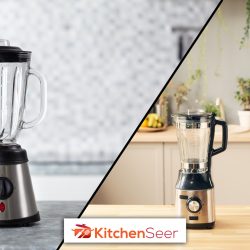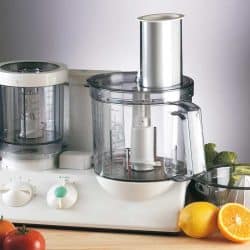There is not much better than hot soup on a cold day, especially when you need something comforting or to warm you from the inside out. Having a hearty and chunky soup is one thing, but what about a thick and creamy soup? For a thick soup, the contents need to be blended somehow. One question that may come up is if soup can be blended in a food processor? We looked into this to find out if this is possible!
The short answer to whether soup can be blended in a food processor is yes, as long as it is not blended hot. Let the soup cool before blending to avoid any risk of damaging the food processor, messes from contents being too hot, or burning yourself. Once the soup is blended, it can be transferred back to a soup pot to reheat or for continued cooking.
While a food processor is a versatile tool in the kitchen, other questions and concerns may come up when preparing different food items such as using a food processor as a blender or to blend a smoothie, the differences between a blender and a food processor, and what you can use if you don't have a blender or food processor. No worries, the following questions are discussed below with some helpful links as well.
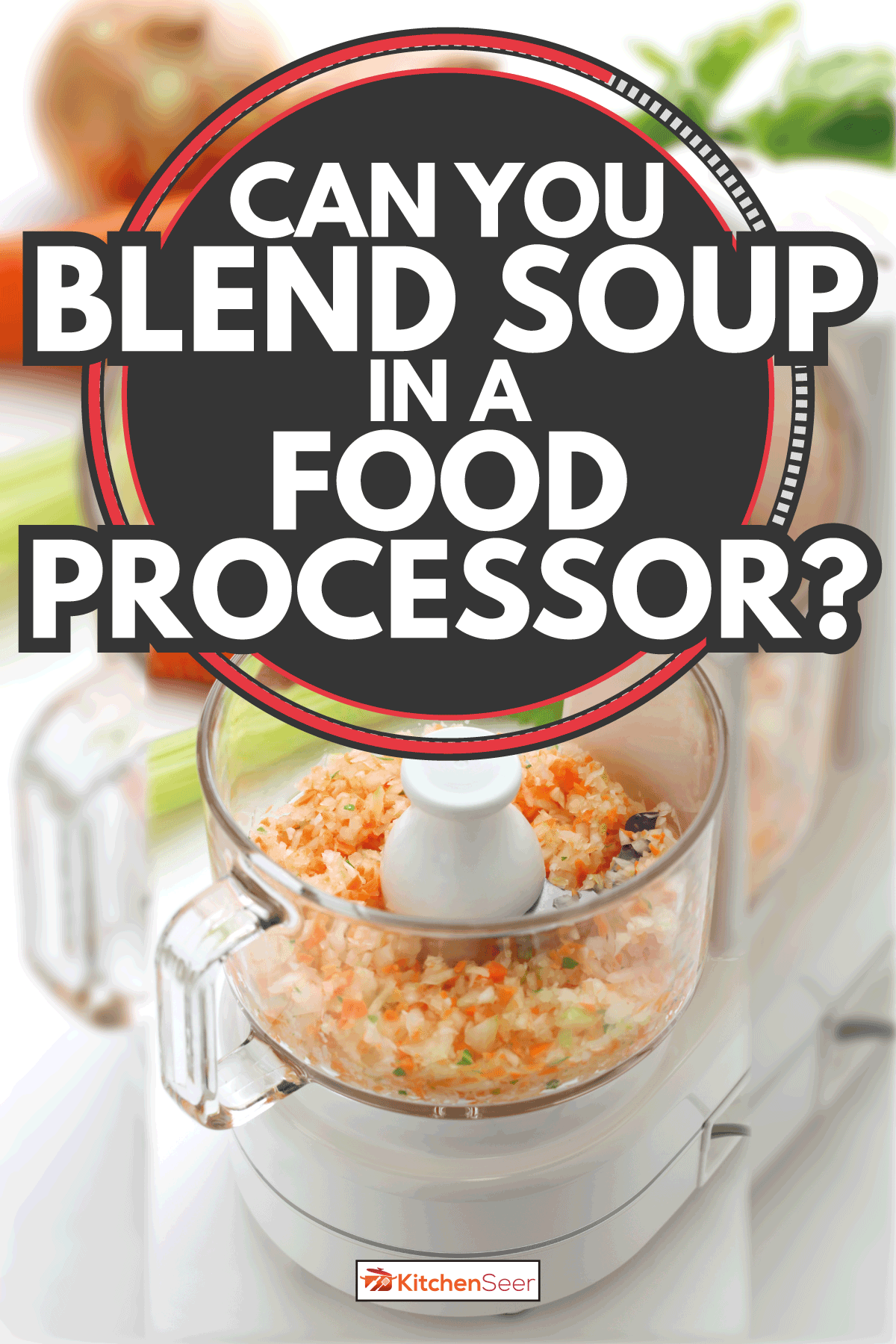
Blending Soup in a Food Processor
If you are making soup and want to use a food processor to blend it just make sure you aren't pouring contents that are hot as it could seep out of the lid and make a mess, cause a burn, or even damage the unit. The motors tend to be less powerful than those of blenders, also depending on what kind of food processor you have, it may take some time to get the right consistency. Blades are sharp, so be careful!
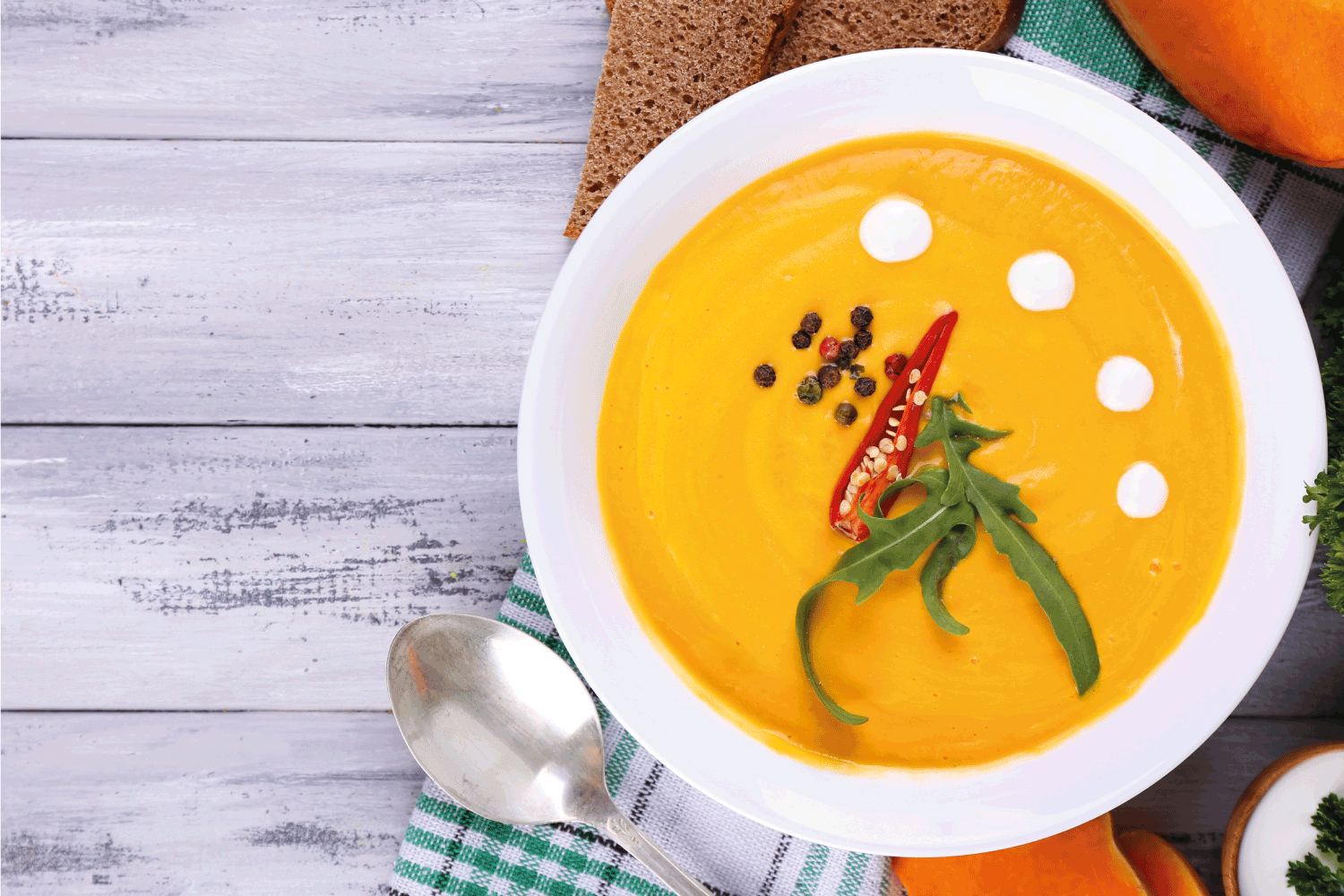
Let the contents you are cooking cool first by either turning off the stove, storing it in the fridge for a bit, or even blending the next day which allows more time for the flavors to develop. Yum! Be sure not to overfill the bowl, or the contents could seep out and make a mess.
Depending on the food processor size and how much soup you make, you may have to blend the soup in batches. You can then pour it back into the soup pot to reheat or simmer before serving. Be sure to check the user manual for more information and if you run into any problems with your food processor at any time.
Can I use a Food Processor as a Blender?
Whether you have a blender or not, you may wonder if a food processor can be used as a blender. It depends on what you are making and the desired consistency of the food item. Blenders usually hold more content, and the agitation allows for a uniform blend. Since the motor is more powerful in a blender, it can handle heavier-duty blending jobs, while a food processor can work well for chopping-type jobs.
When using a food processor, you may need to check on the contents periodically to blend well. Usually, there is a clear bowl allowing you to keep an eye on the contents. Sometimes pieces can get stuck in the blades, so keep an eye on chunks of food getting caught.
Check out this popular food processor on Amazon.
Can I Blend a Smoothie in a Food Processor?
Smoothies can definitely be blended in a food processor. The result depends on what your preference is for a smoothie. Having added ice and all frozen items may not work the best because your food processor may not be made to handle ice and large pieces of frozen fruits or vegetables. Make sure you refer to the instructional manual so you don't burn out the motor or damage your processor by using it for more than it can handle.
If adding anything like kale that can be fibrous, put that in first since it may take more to chop and blend it. You may add a bit of liquid if it seems like the blades are having some trouble but not too much. A great feature of a food processor is its chute, so you can add additional items slowly without taking off the lid.
Add some fruits slowly through the chute. Slowly is important because adding too much too fast can result in pieces getting stuck in the blade. In the end, you can add additional ingredients like protein powder and anything else. If adding a lot of powdered ingredients, you may want to use a bit more liquid. This can be water, juice, milk, a milk alternative, and just about anything else.
What is the Difference Between a Food Processor and a Blender?
The food processor and blender are similar and can do some of the same jobs; however, they are also quite different. It is helpful to explore a bit more of what a food processor can do. You can find out more about the parts of a food processor in the following article What Are The Parts Of A Food Processor? [5 Main Sections]. There are more options and attachments for a food processor, which makes it quite versatile.
Food processors can shred items like carrots using one of the blade attachments and even slice potatoes with a different blade attachment. Usually, there are multiple options for blending on the food processor, like pulsing and at least a low and high-speed option. The features make food processors great for various jobs, from making pesto to chopping nuts or making almond butter and much more. You can even knead dough in a food processor!
Blenders are usually quite simple, made up of the base with the motor and buttons, the container or jar, and the lid. The primary purpose of blenders is to blend and tends to work better for contents with liquid since the way the blades are at the bottom mixes the contents in a tornado-like vortex. Ice is also in a blender than a food processor.
You can find blender jars in glass or plastic. Glass blender jars are heavier duty and do not take on the smell of contents and won't stain with some ingredients like plastic may depending on their use. The blades at the bottom are usually made up of four in a star or wing shape, although other options may be available.
What Can I use if I Don't Have a Food Processor or a Blender?
If you don't have a food processor or blender on hand, what else can you use? It depends on your needs since some of the tools in your kitchen work best for specific jobs.
Immersion Blender
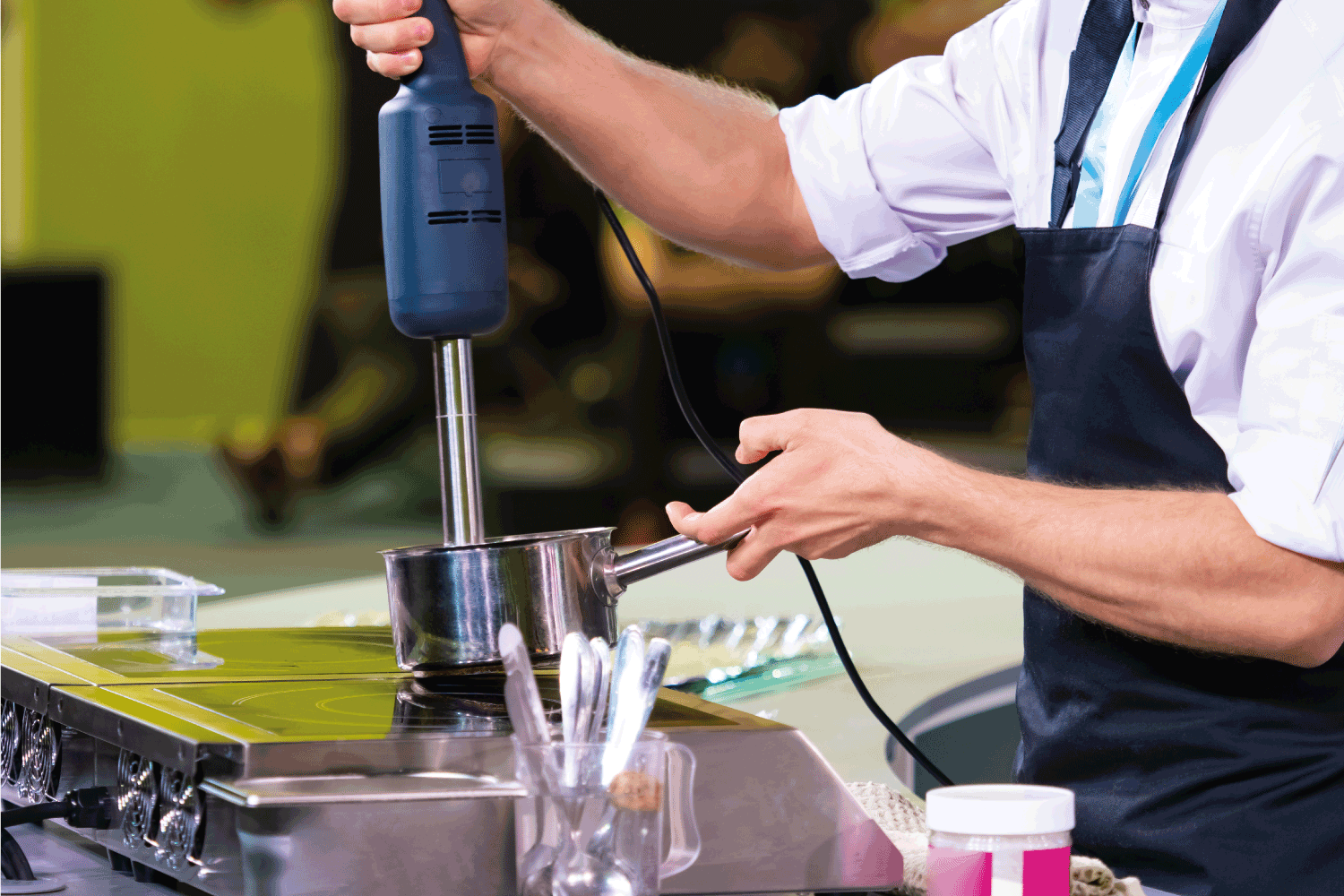
An immersion blender can work great to blend items in a pot like soup or make a puree. Since you can usually use the pot the food items are in, it can save on getting out and dirtying more dishes. This kitchen tool is handheld, making it easier to use and to see the process.
It is best used on softer and smaller items because immersion blenders tend not to be very big or powerful. Immersion blenders work well for liquid items and can save on having to blend something in batches. Be sure to completely submerge the blades in the liquid or else it will splatter and not blend.
Mixer
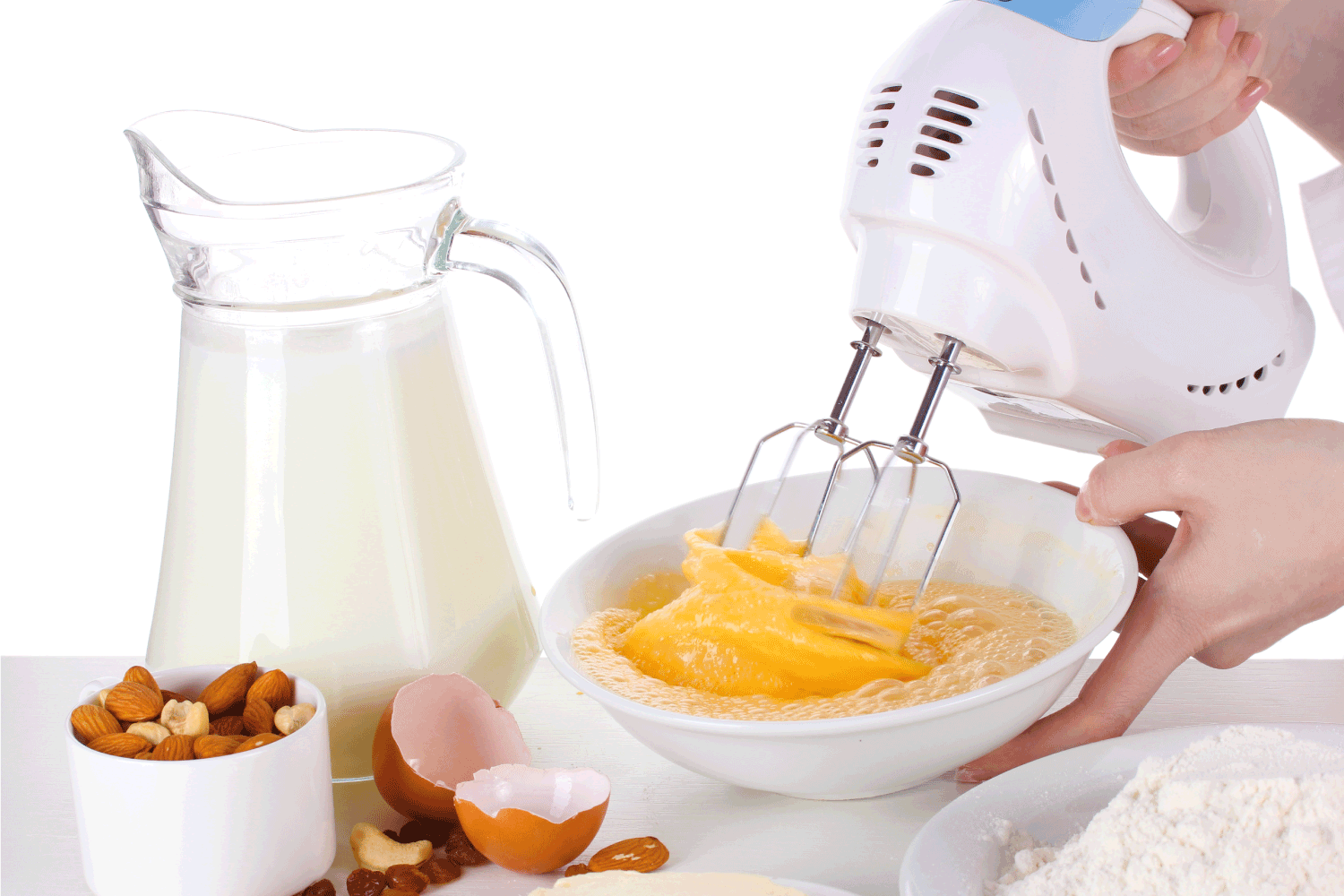
A mixer may blend items such as whipping eggs, cookie dough, aerating liquid, and more. They come in handheld options as well as a standing mixer with multiple attachments. Standing mixer options now offer more features making them very versatile. The handheld mixers can be stored easily and take up a lot less space than other appliances such as a blender or food processor.
Masher
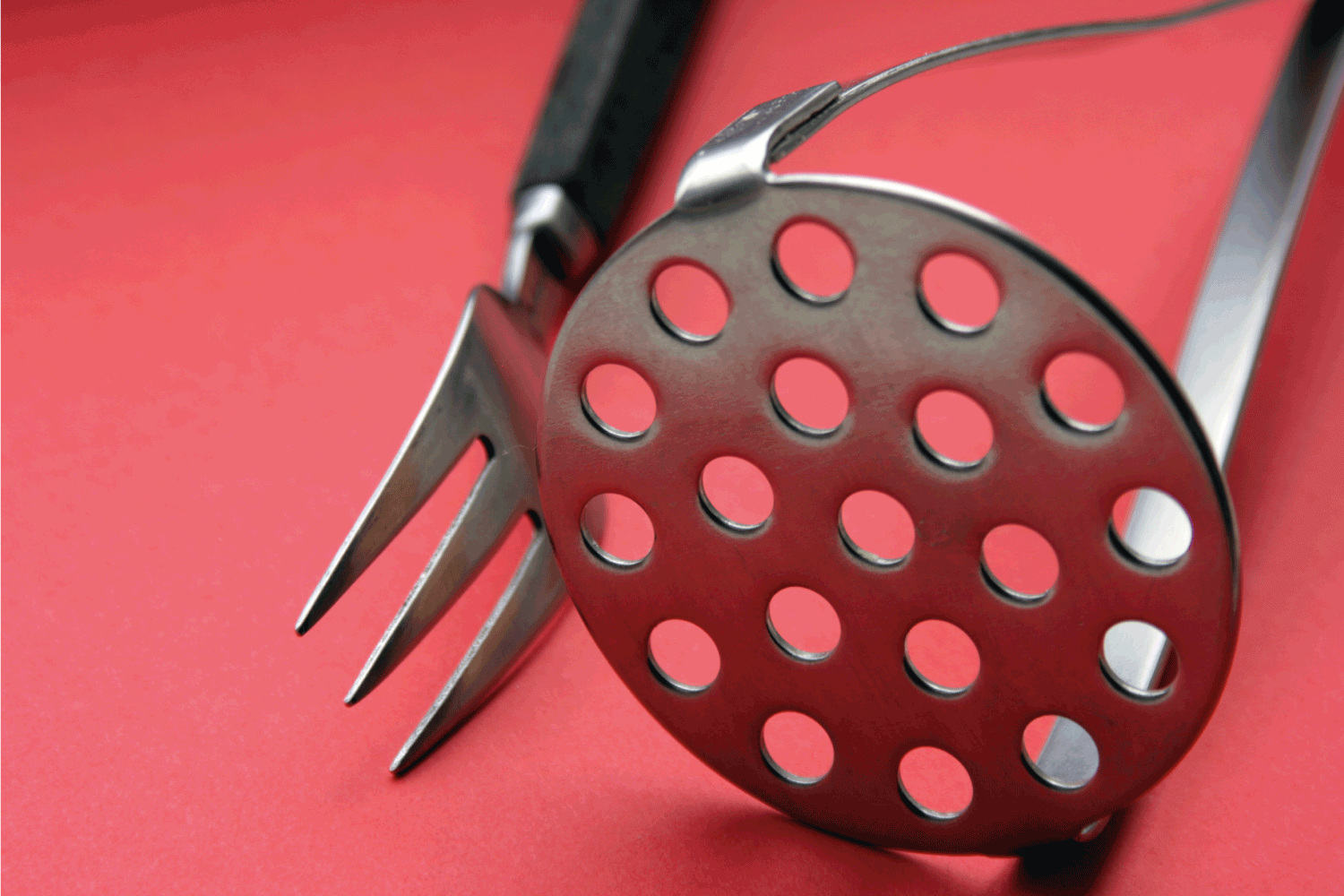
Another option is a masher. This tool can be used to smash and blend up items like beans, potatoes, and similar food items. Mashers may take more effort but do not require electricity and are often a great option if nothing else is available. It usually helps to make sure the food is soft if you are going to use a masher.
Whisk
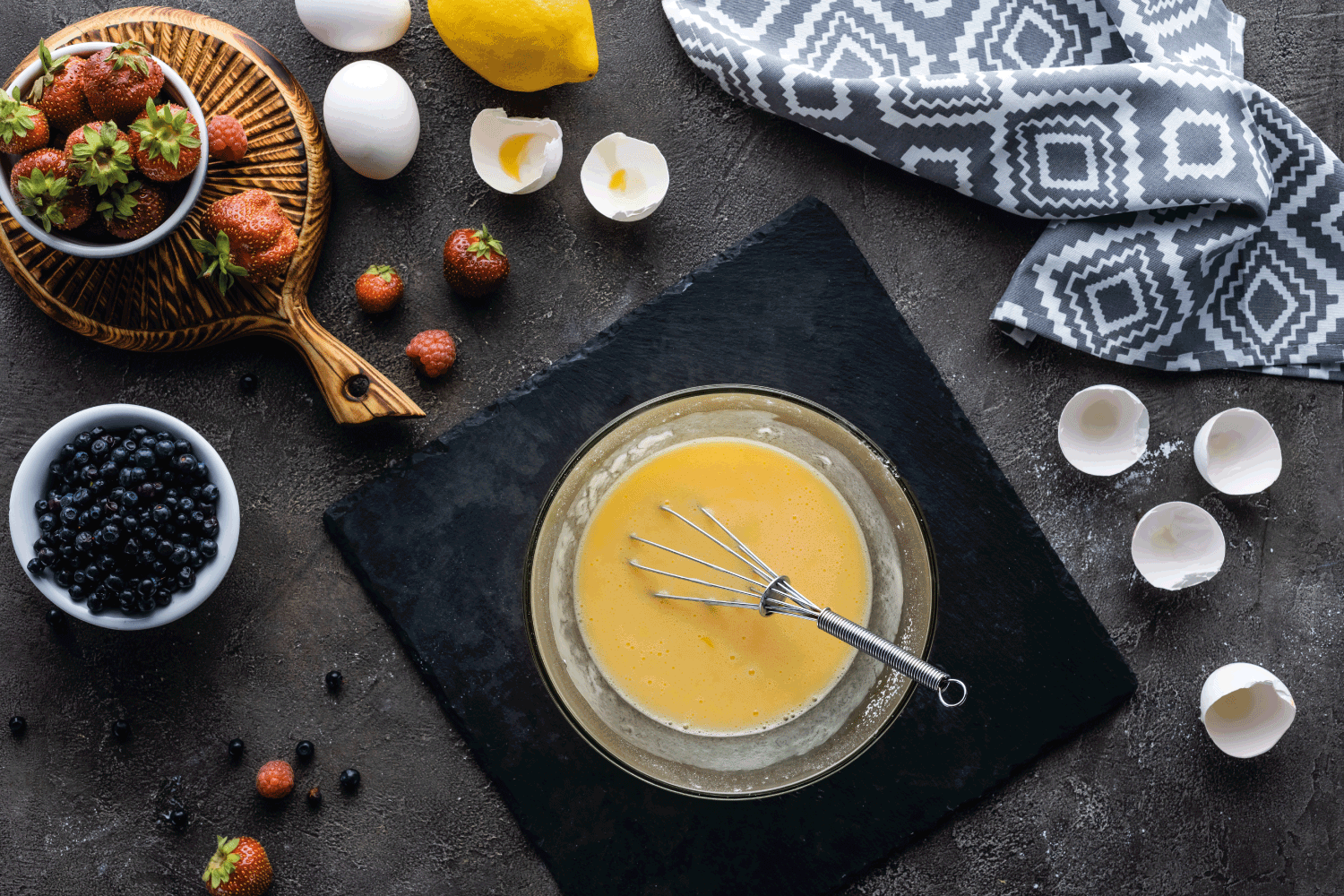
If nothing else is available and you need to blend or chop something, there is usually a whisk in the kitchen, or you can use a fork or different kitchen knives. Depending on the knife used, you can even smash food items like garlic before chopping or mincing to a perfect consistency. Whisks may not be your first choice, but they come in handy and can be a great option if you are up to some manual stirring.
Final Thoughts
When preparing food in the kitchen, there are various options and tools available. Some appliances can even do more than you realize, so be sure to explore the various jobs your appliances can do. Don't worry if you find yourself in the middle of a recipe and you need a food processor or blender and don't have one on hand.
There are multiple tasks a food processor and a blender can handle, as well as other tools in the kitchen. Each appliance works best for certain jobs depending on your desired result. It can be helpful to check out their user guides, watch television shows or YouTube videos on cooking, and do a bit of research on appliances in your kitchen to get the most out of them.


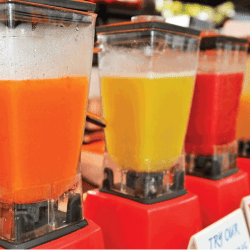
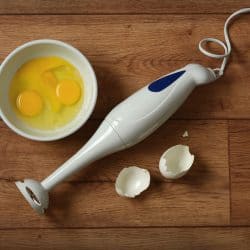
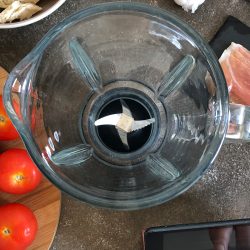
![An unrecognizable man putting vegetables into blender, preparing healthy smoothie at his kitchen, Does A Blender Work As A Food Processor? [The Answer Might Surprise You!]](https://kitchenseer.com/wp-content/uploads/2021/05/An-unrecognizable-man-putting-vegetables-into-blender-preparing-healthy-smoothie-at-his-kitchen-250x250.jpg)
